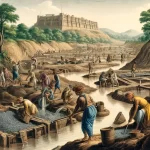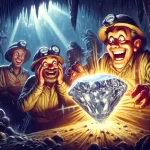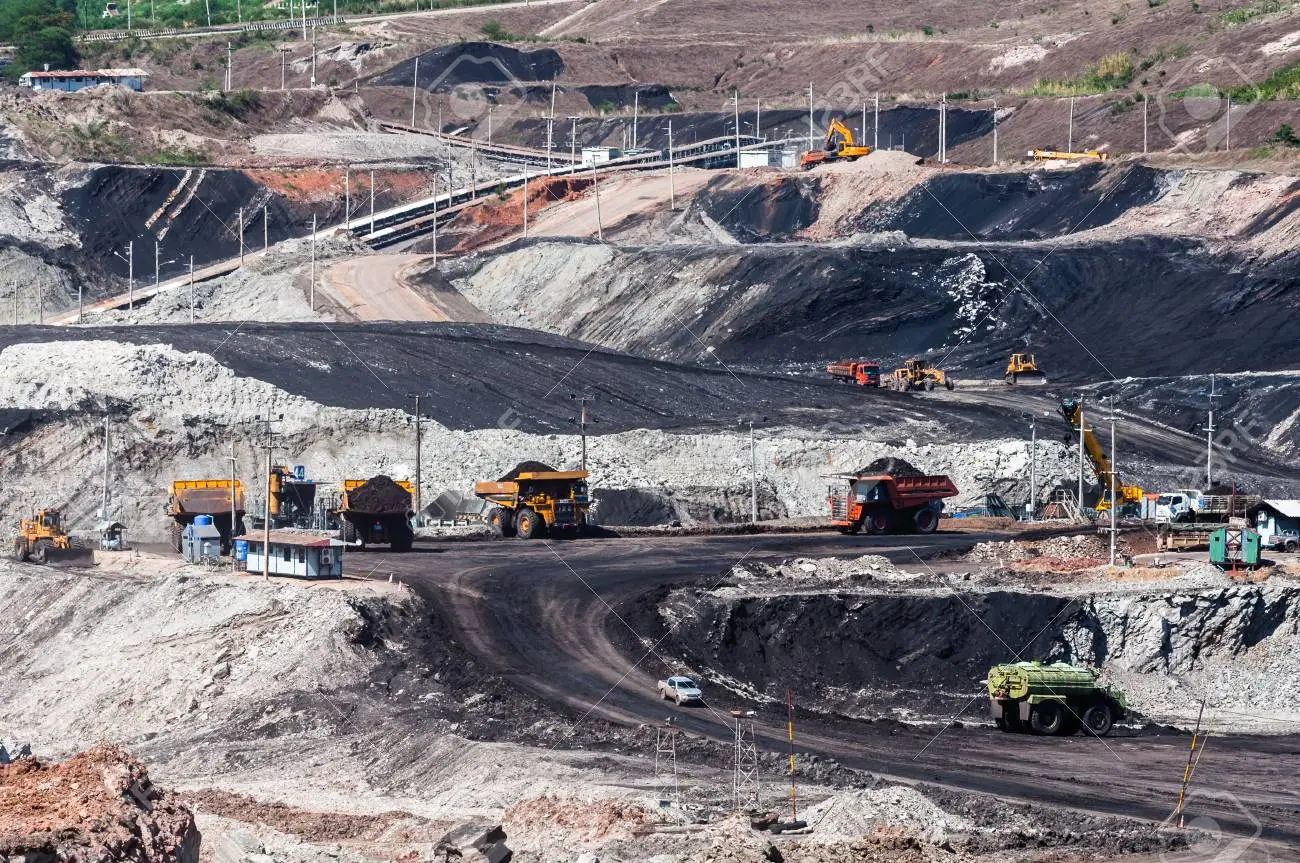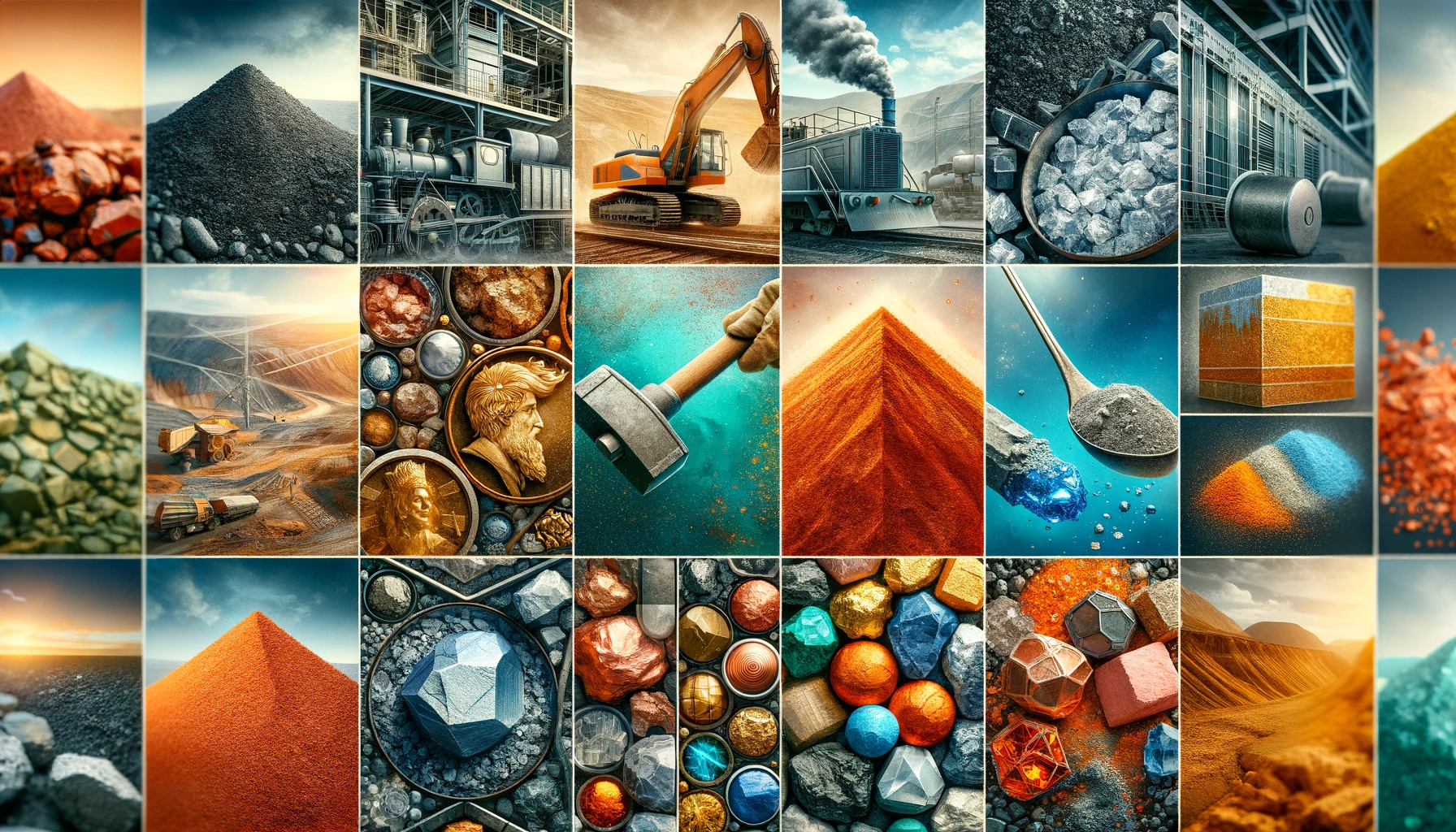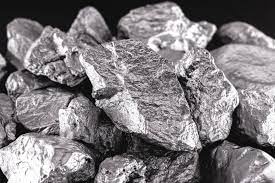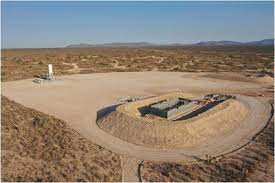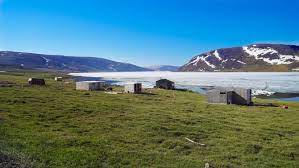The coal mining industry segment produces coal, a fossil fuel that is used primarily for electric power generation and in the production of steel. Like oil, coal is formed over millions of years from plant and animal matter, but unlike oil, coal is a solid, and therefore miners must go into the earth to recover it. Many coal seams are located close to the surface, however, which makes the extraction of this resource easier.
Surface mining of coal typically uses the method known as strip mining, which is usually more cost-effective than underground mining and requires fewer workers to produce the same quantity of coal. In strip mining, workers use huge earthmoving equipment, such as power shovels or draglines, to scoop off the layers of soil and rock covering the coal seam. Once the coal is exposed, it is broken up by using explosives, and then smaller shovels lift it from the ground and load it into trucks. Mining companies are required by Federal, State, and local laws to restore the mined land after surface mining is completed; as a result, the overburden and topsoil are stored after removal so that they can be replaced and native vegetation replanted.
Underground mining is used when the coal deposit lies deep below the surface of the earth. When developing an underground mine, miners first must dig tunnels deep into the earth near the place where the coal is located. Depending on where the coal seam is in relation to the surface, tunnels may be vertical, horizontal, or sloping. Entries are constructed so that miners can get themselves and their equipment to the ore and carry it out, while allowing fresh air to enter the mine. Once dug to the proper depth, a mine’s tunnels interconnect with a network of passageways going in many directions. Using the room-and-pillar method, miners remove sections of the coal as they work the coal seam from the tunnel entrance to the edge of the mine property, leaving columns of coal in place to help support the ceiling together with long steel bolts. This process is then reversed, and the remainder of the ore is extracted, as the miners work their way back out. In the case of longwall mining of coal, self-advancing roof supports, made of hydraulic jacks and metal plates, cover the area being mined. As coal is removed, the entire apparatus advances, allowing the ceiling in the mined area to cave in as the miners work back towards the tunnel entrance. Underground mining does not require as extensive a reclamation process as surface mining; however, mine operators and environmental engineers still must ensure that ground water remains uncontaminated and that abandoned mines do not collapse.
